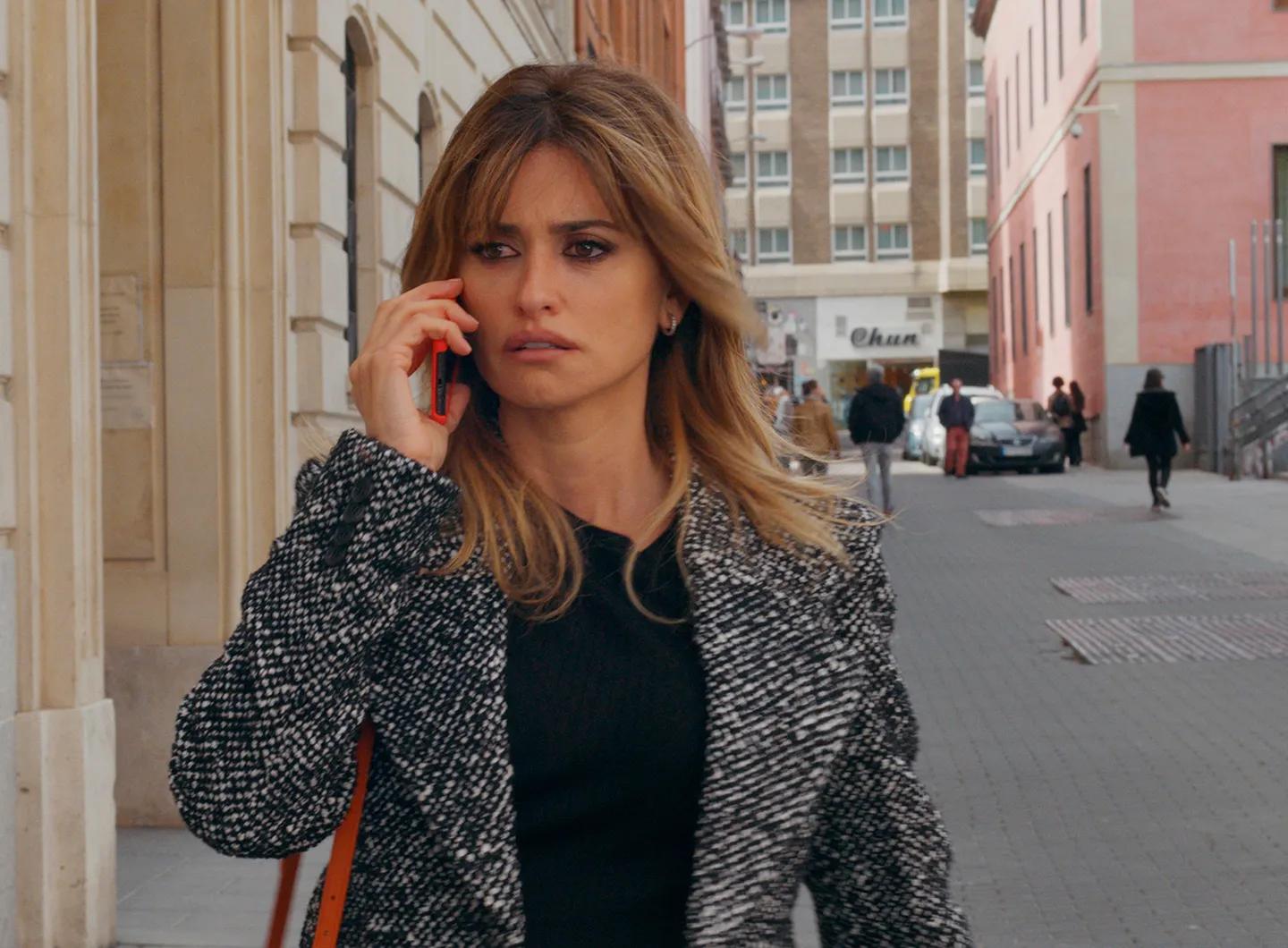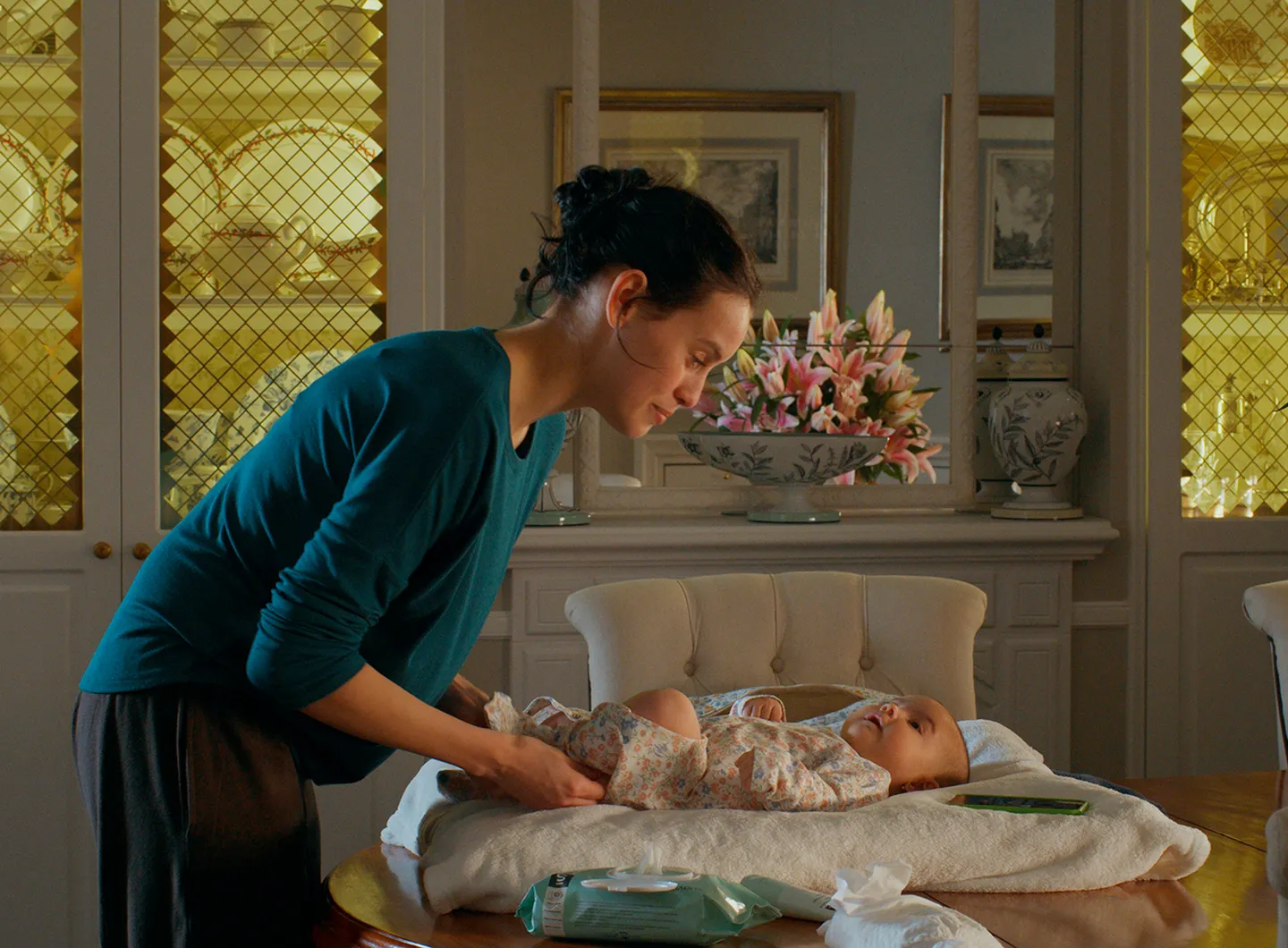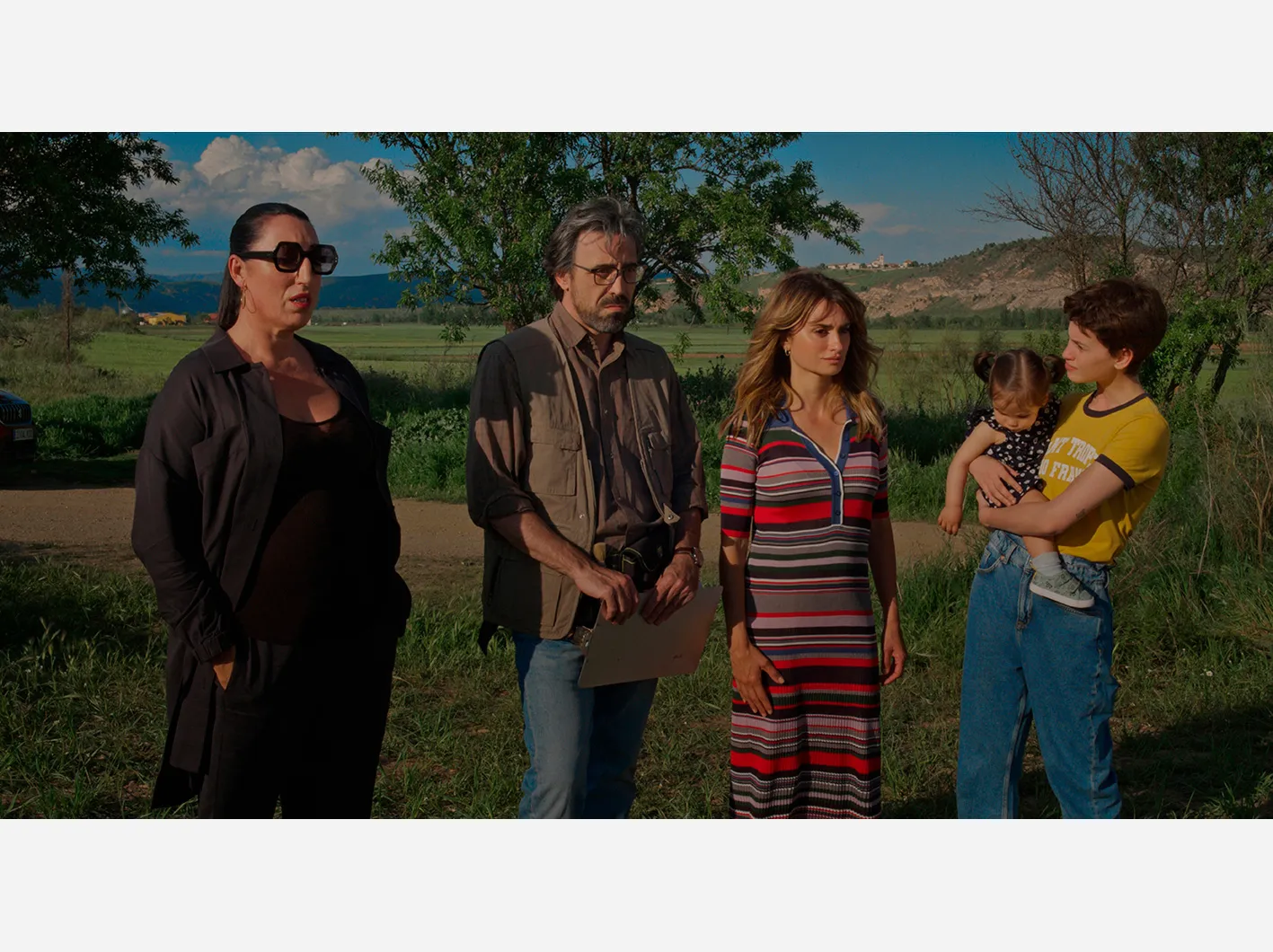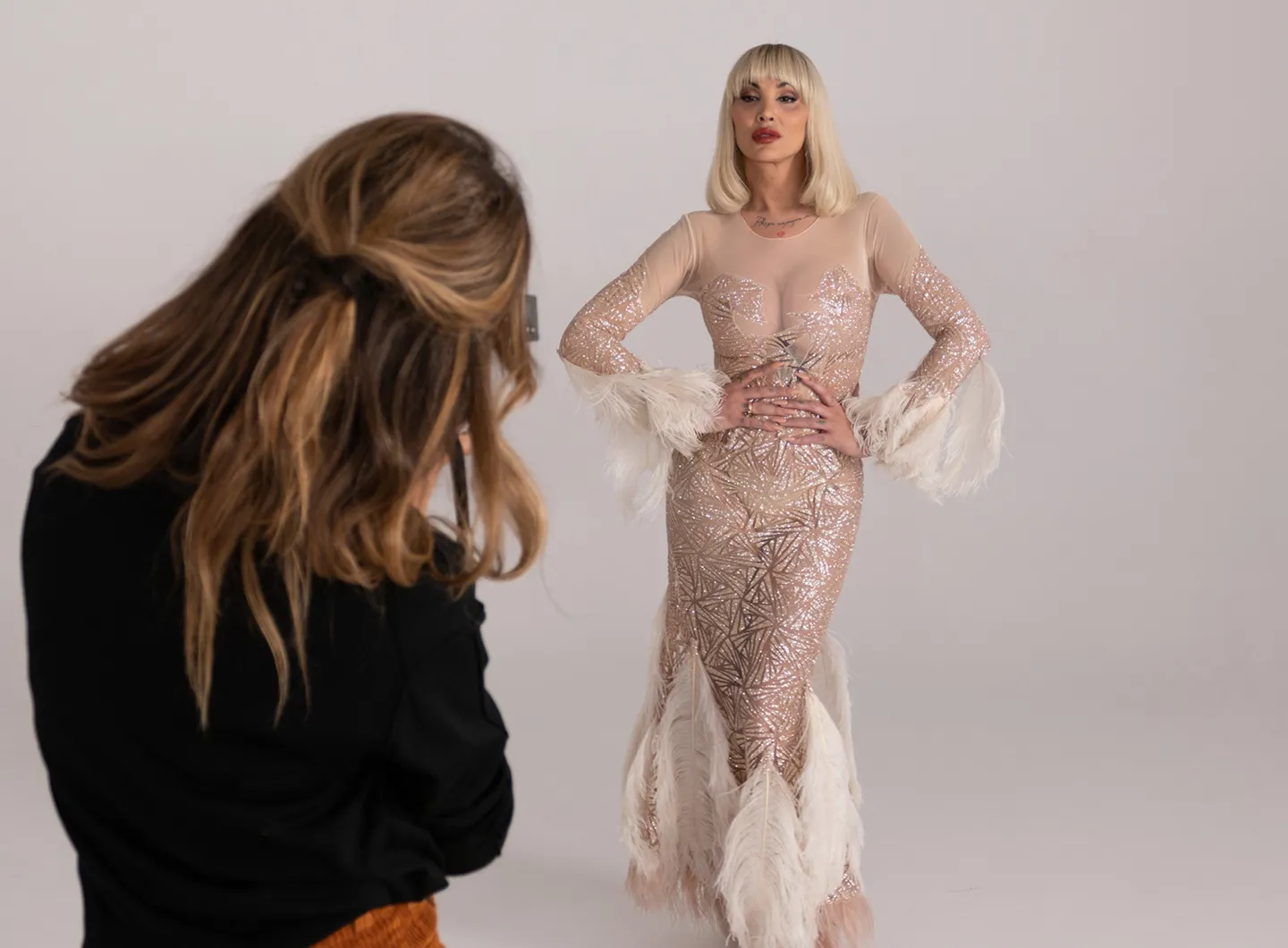In partnership with MiCodmc, a selection of establishments ripe for discovery during the 63rd edition of the Salone del Mobile.Milano, from 8th to 13th April
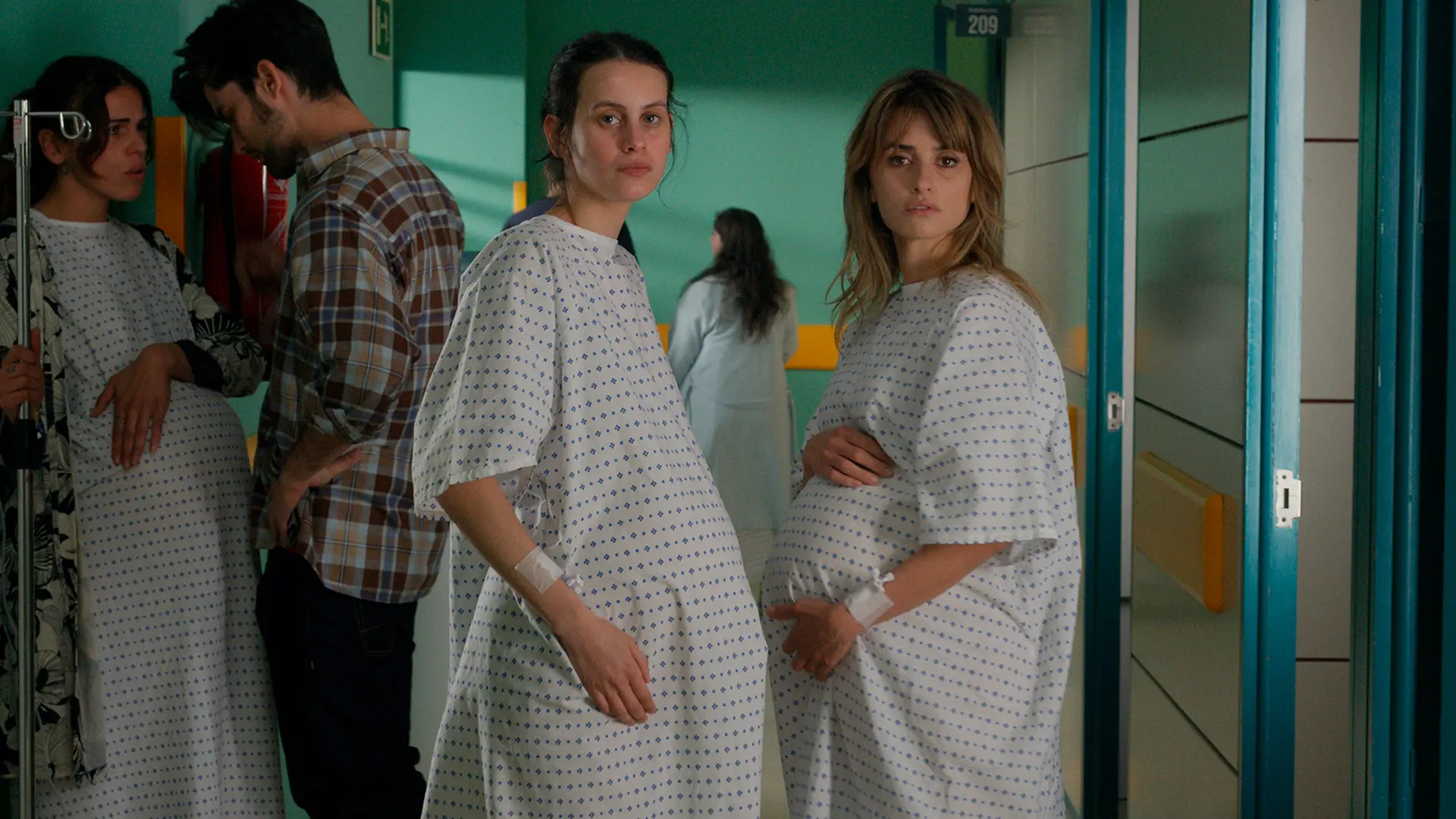
El Deseo. Ph. credits Iglesias Mas
Pedro Almodovar’s twenty-third feature film reflects on motherhood and the relationship between the past and the future, reaching mixed conclusions at a watershed moment in the director’s forty-year career.
The history of cinema is full of ballyhooed “final films” by revered masters that have lived up to the epithet, even though their auteurs, from Ingmar Bergman to Hayao Miyazaki, went on to change their minds about retirement and carried on shooting for decades. Some works, for example Fanny & Alexander, regardless of how long their authors lived on, say everything they need to as the summa and completion of an entire artistic and existential experience. A very young at heart seventy plus, Pedro Almodovar has never shown any intention of giving up work. In fact, he was one of the first back on set after the initial COVID lockdown, yet for thematic and metafilmic reasons, because it lays out his entire thinking about life, art and how they interrelate, it is very hard not to interpret the half self-portrait, half autofiction Pain and Glory as his testament work. Dressed and made up as Pedro, who lives in an apartment that is a photocopy of the one where the director himself lives, Antonio Banderas is as definitive a doppelgänger as, in 8 1/2 (to which, incidentally, Pain and Glory makes a reference), Mastroianni was for Federico Fellini.
For these reasons, not to mention the accolades it received and the artistic peak it scaled, the precedent of Parallel Mothers makes it a cumbersome film, one that was rightfully followed by silence, a tabula rasa/the Spanish director choosing to take a different path. Still picking up on former passions and ingrained motifs, Almodovar more or less started over with less ambitious, less definitive, programmatically minor, imperfect films: The Human Voice, a short film based on a Jean Cocteau monologue starring Tilda Swinton, returns to a very old obsession of his; the affiche of Parallel Mothers (an old story) appeared earlier in “Broken Embraces” (2009), as did star Penelope Cruz, another major returnee alongside Antonio Banderas.
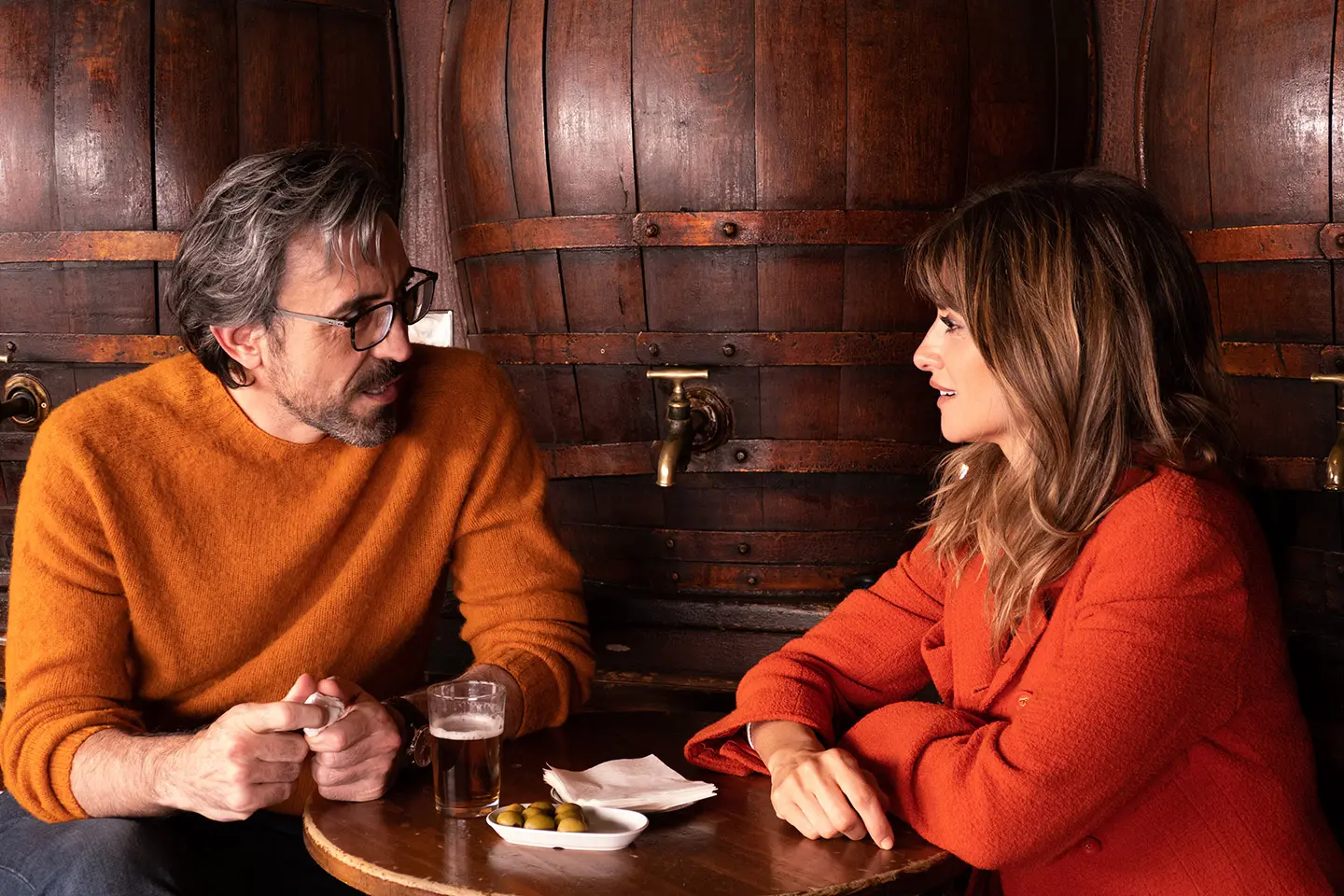
El Deseo. Ph. credits Iglesias Mas
While the metafilmic discourse of Almodovar’s recent cinema places the theme of resetting at its centre, one of the movie’s twin plot strands is the identification of a mass grave from the civil war thanks to funding from the “Historical Memory Law” promulgated by the Zapatero government in 2007 to bury the unknown dead, using formal mourning to heal a wound that tore Spain’s social fabric apart for decades. This civil theme provides the beating heart and founding motif for the film, and is the director’s most personal investment. Through an act of care, the final, truly moving images see an all-female “fourth state” redeem a decades-long national compromise with fascism that had never truly been broken. The future can only arrive once the past has healed… and healing is a maternal gesture.
Almodovar’s films are (almost) always stories about women, in which chosen rather than biological identity is diriment. The other narrative strand, one that is more common to Almodovar’s universe, consistently and courageously resolves multiple, unlikely exchanges between parallel mothers fully in favour of motherhood as a cultural rather than biological fact. Almodovar masterfully deploys his art in the customary realm of his female films, in which meaning is conveyed through the exercise of style. Take, for example, the scene in which Janis (Cruz) and Ana’s mother meet: a stichomythia of reciprocal offers creates immediate solidarity, showcasing the director’s unparalleled ability to put complex cultural, existential if not identity-based feminism into instant artistic form (“We should all be feminists” is emblazoned on an emblematic t-shirt Penelope Cruz wears in the film).
Much in evidence are the apartments and houses that have always been a foundational element of Almodovar’s aesthetics, in the midst of the movida, their sparkling tones and colours an extreme opposite to Francoism. Rooms are functional at multiple levels: the bedroom is a place of intimacy that takes on an identity in part through paintings and “talking” prints; the living room is a space for making contact; and above all, as in Volver and many other Almodovar movies, kitchens are social places for sharing, emancipation and education: it is in the kitchen that Janis “teaches” Ana to be a mother.
As in The Human Voice and Pain and Glory, muted tones of green, orange, red and yellow predominate in the interiors. Proudly polychromatic films they remain, even if a great deal has changed since the bright, super-flat, punk-pop colours of Almodovar’s early days.
This change is a visual indicator of the new Almodovar: more reserved, intimate and relatively realistic, this grown-up Almodovar has found himself after that definitive Pain and Glory. Paradoxically, he is today able to start over, merging the private and political in a “small” film that exists in a state of grace.


 Stories
Stories
